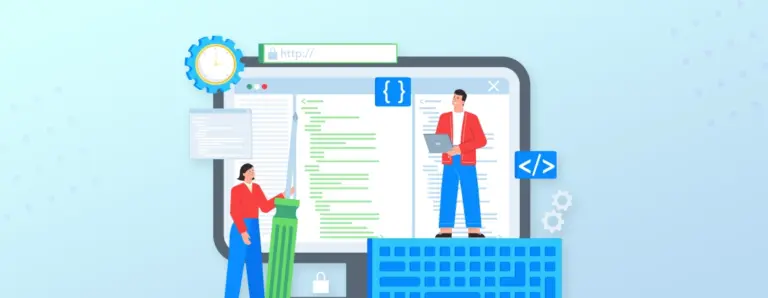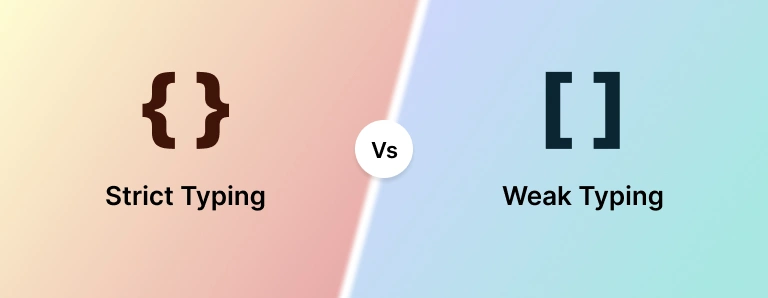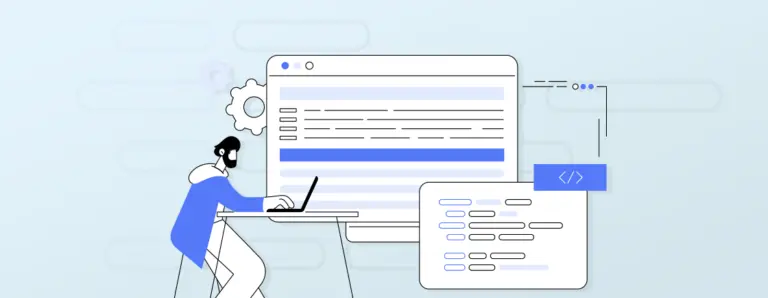
Top 11 Web Development Challenges (& How to Overcome Them)
A stunning design mockup meets the reality of code. Suddenly, a hidden security flaw, a baffling performance bottleneck, and more threaten the entire project. This gap between vision and execution is the core of web development challenges. This analysis delves into the most pressing technical and strategic hurdles, providing a clear roadmap for building robust, scalable, and secure web applications.
 October 3, 2025
October 3, 2025











